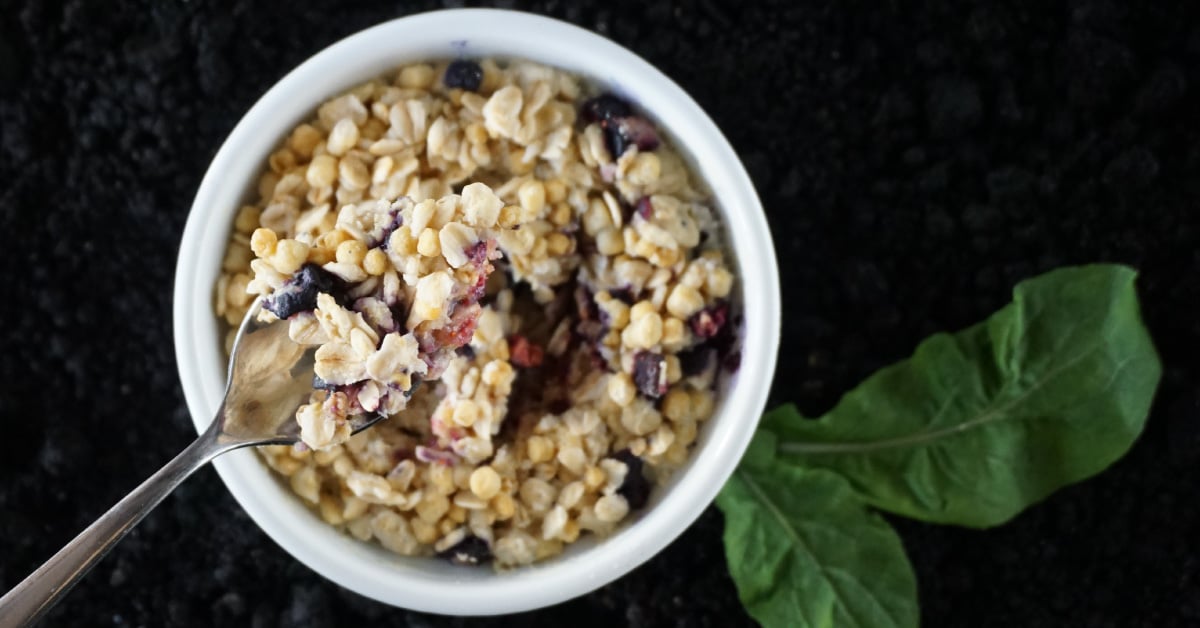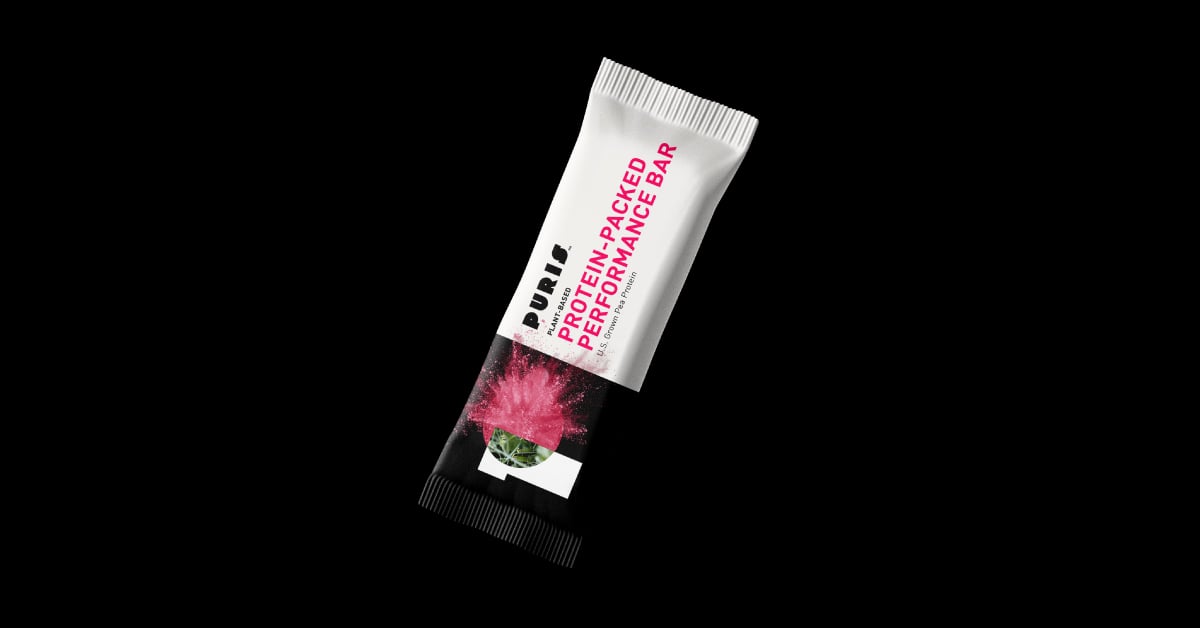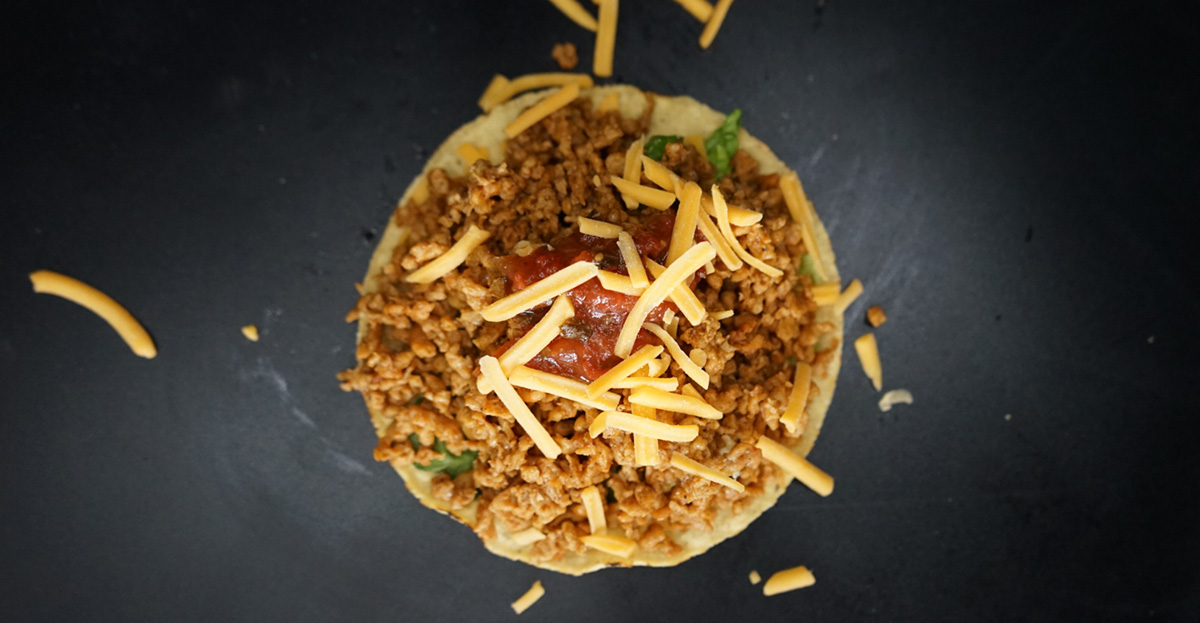Did you know that nearly 50% of peas are starch? That means that after pea protein powder is created, half of our ingredients are still in the wing awaiting use.
In the past, pea starch has been commonly used for animal feed. But more and more manufacturers are becoming aware of the value that pea starch can bring to their foods and industrial applications.
Curious if upcycled pea starch could be a good fit for your product? Let’s explore.
What is upcycled food?
As a refresher, upcycled foods are products that are created from ingredients or byproducts that would typically be discarded during the food production process.
Food upcycling brings sustainable foods to the table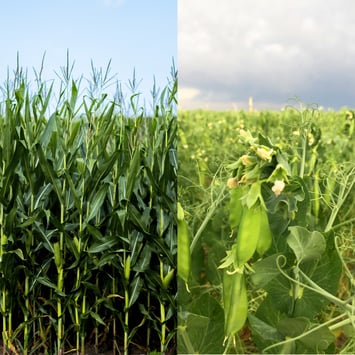
We can all agree that people don’t like food waste. But consumers don’t just want to see this issue go away — they want to see how brands can creatively solve the problem and create new and exciting products in the process.
As consumers continue to look for sustainable alternatives to traditional products, pea starches are making waves and drawing attention to what’s possible outside of the traditional use of corn, tapioca, wheat, rice, or potato.
Like its competitors, yellow pea starch has many food applications, including:
- Breadings and batters (e.g., french fries)
- Powdered seasonings (e.g., chips)
- Pre-gelled starches (e.g., instant pudding mixes)
- Carrier applications
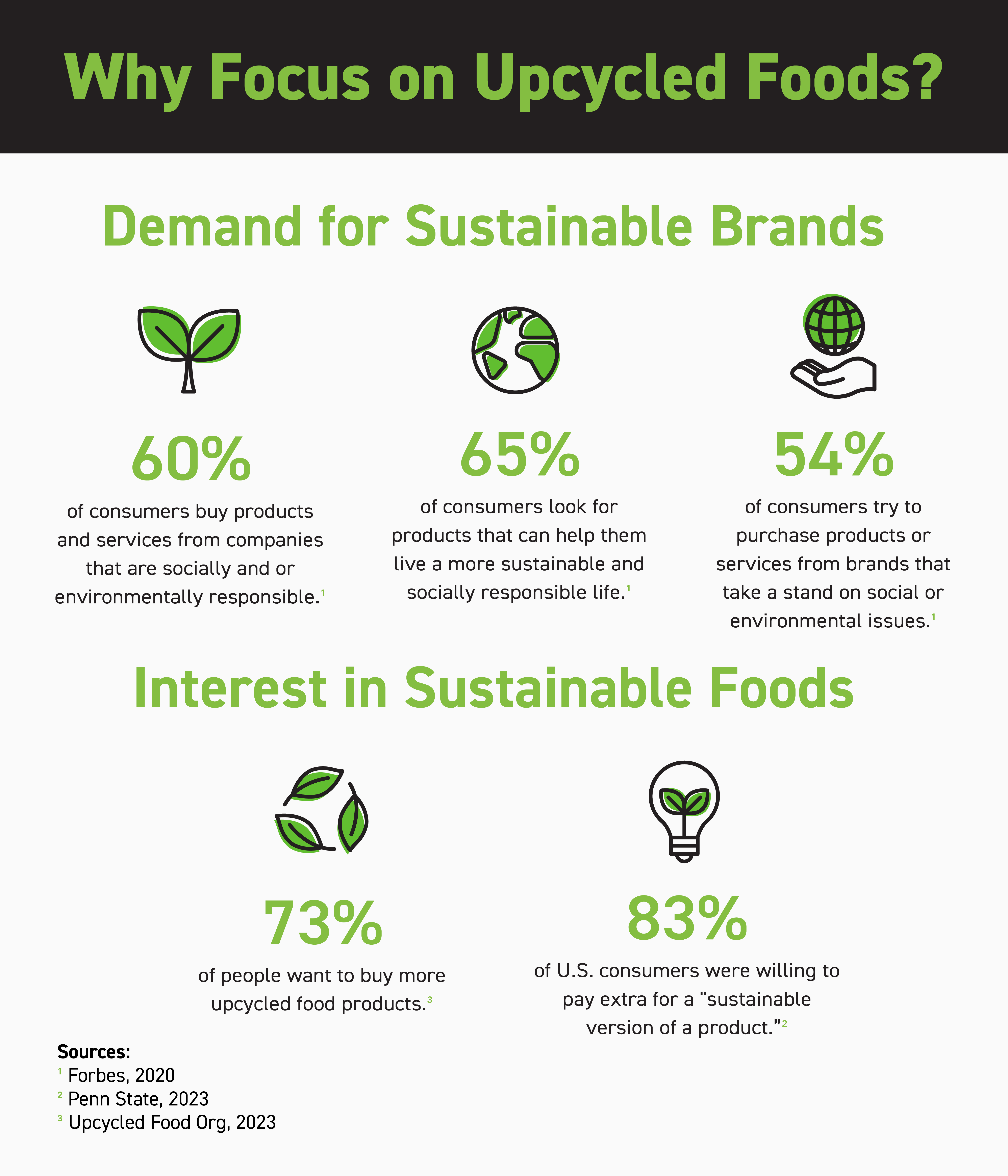
Corn starch vs. pea starch
In a world where corn has been king, and with many manufacturers utilizing corn heavily in their products, let’s take a look at how corn starch and pea starch differ in how they contribute to food products.
Thickening/amylose qualities
Pea has higher amylose content than corn. That means that if you switch from corn starch to pea, it’s easier to either:
- Create an equal-strength gel with less product
- Create a stronger gel with the same amount of product
Taste
To create corn starch, corn is soaked in a chemical to help soften the kernel’s outer layer. While this chemical is washed out of the corn before it is turned to starch, these chemicals can alter the taste of the final product.
Meanwhile, pea starch is simply washed out by water and then dried — no chemicals needed, leaving you with a clean, neutral taste.
Color
Corn starch has a natural yellow color that will impact a product’s final coloring, while pea starch is a pure white that easily takes on the color of the final product.
Supply chain availability
It’s no secret that corn is used in a wide variety of products, from animal feed to food products to ethanol gas. That means that when corn is in short supply due to high demand or low crop yield, the price can quickly increase and it can become difficult to order.
On the other hand, pea starch is widely used for human consumption. It is a dependable product that manufacturer can rely on when corn shortages are prevalent.
GMO content
Most corn that is grown in the U.S. is GMO, as it is created to resist insect pests or tolerate herbicides. In fact, GMO corn made up an estimated 93% of the corn planted in the U.S. in 2022, occupying more than 86 million acres.
In comparison, pea seeds from PURIS are non-GMO and naturally bred for use in foods and ingredients.
Pea starch is breaking into industrial and other uses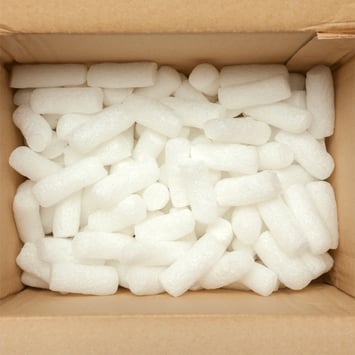
Aside from foods, pea starch is beginning to take on a new look in the industrial arena. Applications we have begun to work with include corrugated box manufacturing (e.g., glue) and sustainable packaging (e.g., dissolvable starch packing peanuts).
Other industries could easily hop on the pea starch wagon, including health and beauty lines (e.g., makeup) and pet food brands — two industries where customers are continually looking for more sustainable options.
The potential for new uses is endless, and we’re just beginning to tap into what’s possible. Pea starch is a lesser-known ingredient that can attract people to brands that are prioritizing the shift to sustainable foods and applications in creative and innovative ways.
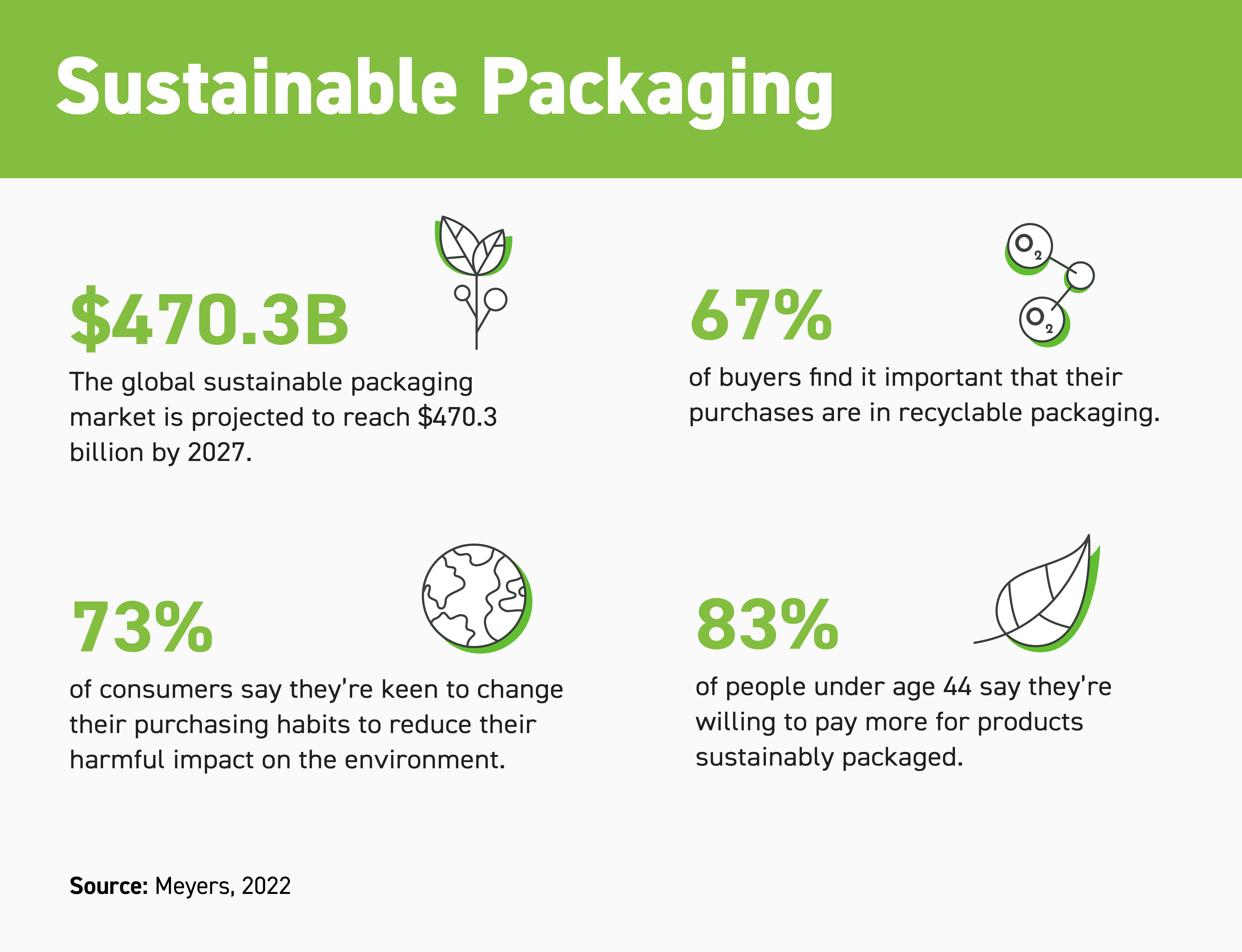
Looking for an upcycled starch?
Whether you’re looking to elevate a product that hasn’t been innovated in decades, or you want to attract more consumers by promoting non-GMO, sustainable ingredients, PURIS’s upcycled pea starch might just be the right fit to help you meet your goals.
Meet our Upcycled Certified pea starch
We take upcycling seriously — so much so that we recently earned the Upcycled Certified™ Certification on PURIS Non-GMO and Organic Native Pea Starches.
Our team of food science experts can help determine if pea starch will work with your equipment and product to help you make the best decision for your company, your consumers, and the environment.
![How Upcycled Starch Creates Sustainable Foods & Applications [Infographic]](https://blog.puris.com/hubfs/Blogs/Corn%20and%20pea%20fields%20side%20by%20side.png)

